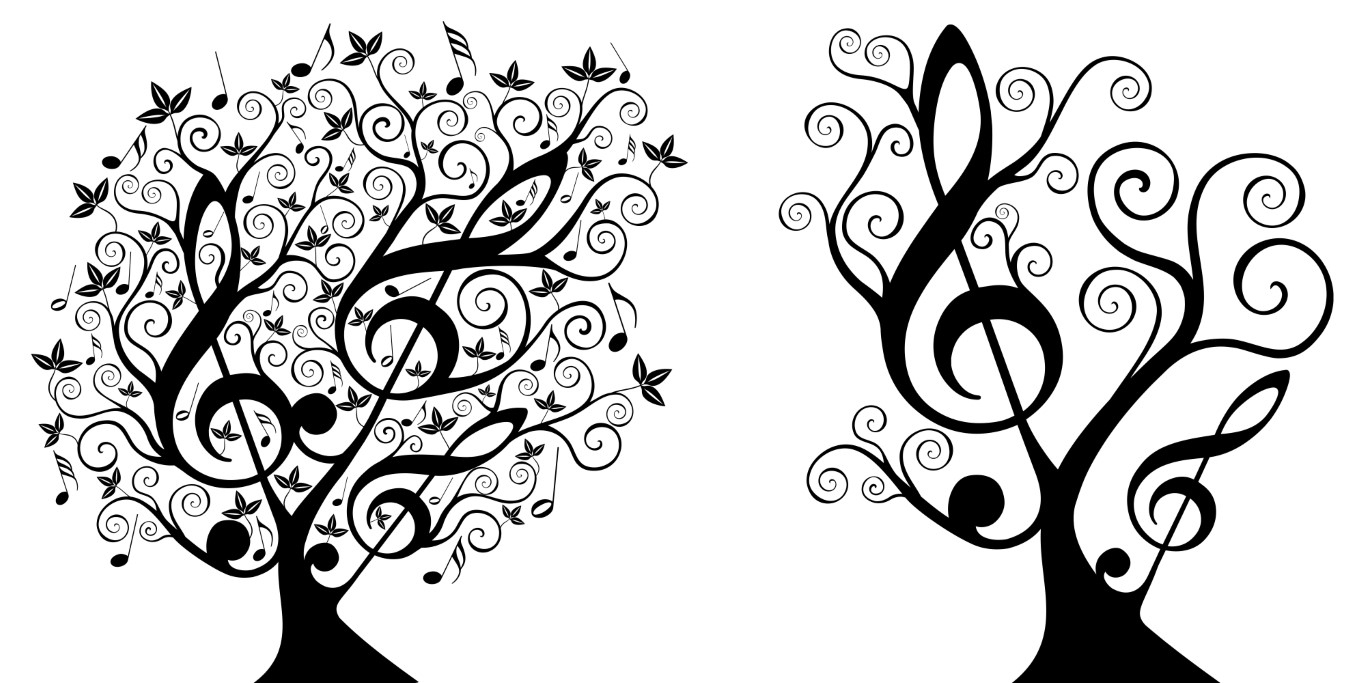The sound of music
Translation is a constant tug between the twin imperatives of meaning and music.
So what is it that makes a translation sing?
It’s finding the right voice – and it’s precisely this nebulous notion of voice that is often overlooked because it’s so hard to articulate, measure, and thus pin down.
We agonise over nuances of meaning, turn sleuth to track down a word’s multiple connotations, and carefully craft sentences to ensure we’ve conveyed the precise sense of the source text. But there’s another vital stage: making sure that the translation has rhythm, its own heartbeat, a coherent voice. Translators of poetry know this, but translators of prose also need to pay attention to music and rhythm.
This is something very close to my heart that I try to impart to my students, too, even if it is really hard.
Especially this sentence «We agonise over nuances of meaning, turn sleuth to track down a word’s multiple connotations, and carefully craft sentences to ensure we’ve conveyed the precise sense of the source text» is what makes me enjoy my work so much. I really love words and language and digging deep into meaning – and then transporting that into another language.
Yes, this may not be absolutely necessary for every single text, but more often than not, it makes a world of difference to the end product. (This incidentally is also one reason why AI is still a looooong way from making human translators obsolete, but this is a discussion for another day.)
So how do you make your translations sing?
This is number 60 of the «101 things a translator needs to know» compiled by WLF Think Tank. If you haven’t heard of it, go to the website and check it out. I got my copy from Chris Durban herself at a translator’s conference in Berlin a few years ago. It is full of useful, often funny, sometimes familiar, but always sound advice both for beginners and seasoned translators.
Image from freeimages.com




